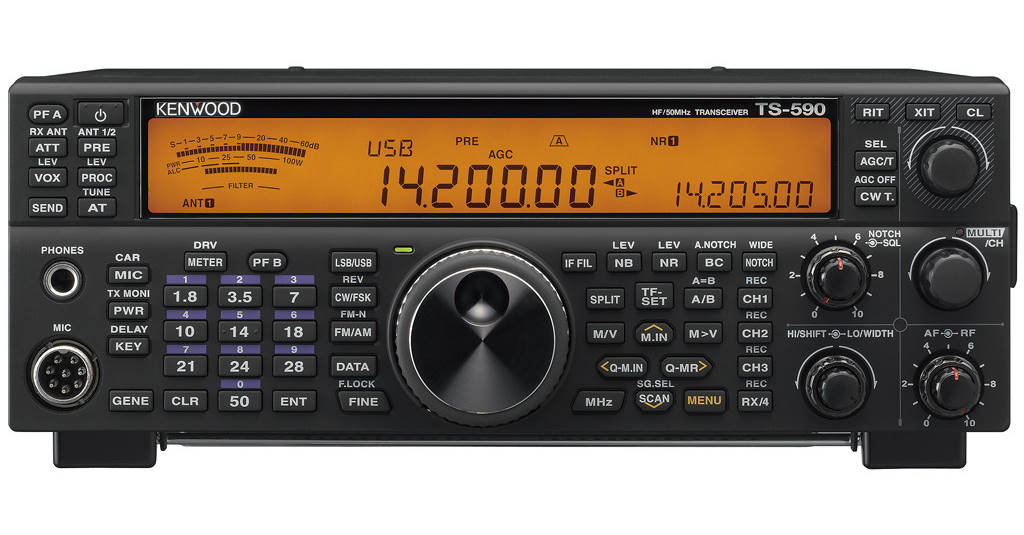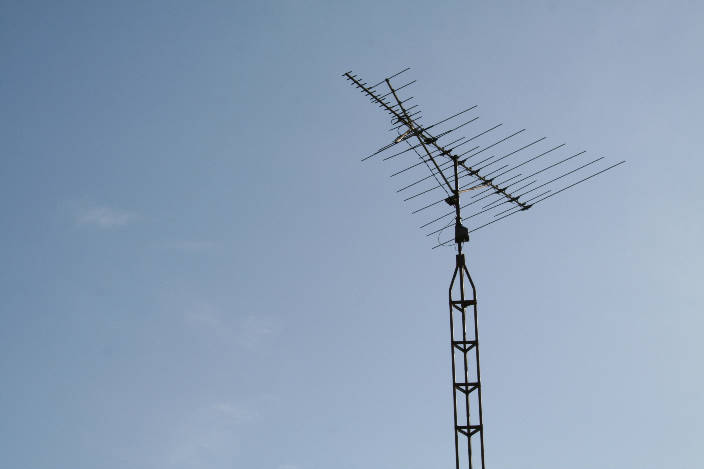HAM Radios
Overview
HAM Radio goes back to the beginning of the 20th century. They are in principle, not that
different
from CB Radio in that it provides 2-way communication between points A & B via
line-of-sight radio waves. Also, the setup is similar to that of CB Radio, you need basically
2 HAM transceivers on both ends, 2 antennas and of course their power supply.
However, it is a more advanced and more powerful RF communication tool because, among other
things,
it has a much greater range, tunable to a wide range of frequencies and can transmit at powers
higher than
that of a CB transceiver, which is why you are required to have a license should you want to
transmit
anything.
With HAM Radio, you can communicate with someone in your city or in another continent, which is
why
it is so popular and has a huge community base.
Just like the CB Radio, communication using HAM Radio reqires:
- 2 HAM Radio transceivers (one on each side)
- 2 Antennas (one on each side)
- Mains or battery power
Features
- Wide range of selectable frequencies
- Support digital more, which allows better and encrypted communications
- Line-of-sight
- Max Tx 5-1500 Watts range (depending on band and license level)
- Worldwide reach
- License required
Users and use cases
- Used by hobbyists for recreation and connecting across the world.
- Rescue teams can coordinate efforts over great distances with their headquarters.
- Researchers use HAM-Radio to test new technologies.

Hint
It is very important to ensure proper installation of the antenna BEFORE you power on your HAM-Radio. Failure to do so could result in device damage.
HAM-Radio frequencies
HAM-Radio transceivers can communicate using any of the following frequencies- HF Bands
- 1.8-2.0 MHz
- 3.5-4.0 MHz
- 7.0-7.3 MHz
- 10.1-10.8 MHz
- 14.0-14.35 MHz
- 21.0-21.45 MHz
- 24.89-24.99 MHz
- 28-29.7 MHz
- VHF Bands
- 50-54 MHz
- 144-148 MHz
- UHF Bands
- 420-450 MHz
- 222-225 MHz
Example of a HAM-Radio antenna

Pros
- Worldwide coverage capability
- No need for a phone line or internet
- Relatively small antennas
- Less-prone to electromagnetic interference when used in digital mode
Cons
- Not that easy to setup and use
- Requires a license
- Not budget-friendly
Don't buy your HAM-Radio antennas, build them
- Build several easy antennas for amateur radios
Courtesy of wikihow- Build, Cut & Tune an End Fed Half Wave Ham Radio Antenna
Video courtesy of Josh's youtube channel